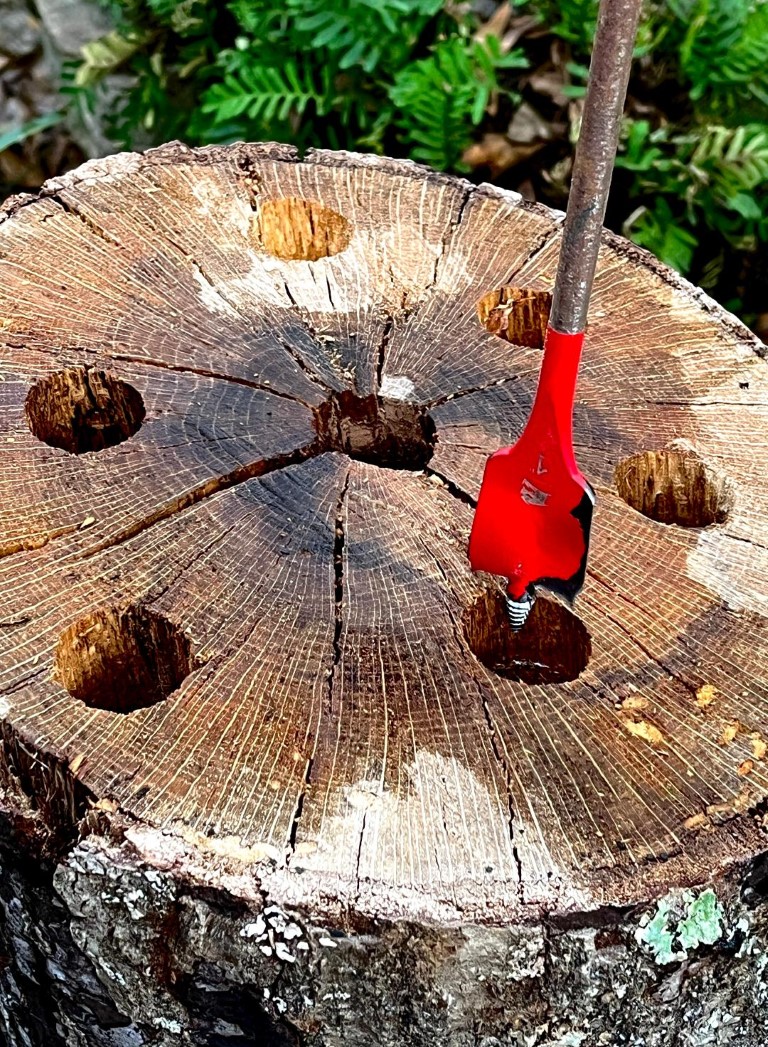Take mystery out of fertilizer purchases
Published 3:55 pm Monday, May 10, 2021

- SHELVES -- Selecting the correct fertilizer for the garden or landscape can seem like an overwhelming task because of all the options available to gardeners today. (Photo by MSU Extension/Gary Bachman) Alt text -- Rows of bagged items line the shelves in a store. ###
By Gary R. Bachman
MSU Extension Service
With the summer season fast approaching, I’ve been getting questions about fertilizing, primarily concerning the types of fertilizer and how much to use.
I’m glad to get these questions because garden and landscape plants need fertilizer to keep them healthy and growing. Fertilizing at planting helps trees, shrubs and flowering plants get established. It also promotes shoot and root growth, flowering, and optimum fruit and vegetable harvest.
The types of fertilizer available at the garden centers can be put into three categories: slow release, granular and water soluble.
You may be asking yourself, “Aren’t all fertilizers the same?” Well, they are, and they aren’t. All supply nutrients, so they are the same in that way. But they are produced by different methods and can be mixed in different ratios or amounts.
You may feel confused when you see all the specialty fertilizer products available at garden centers. There are organic and inorganic products, granular and water-soluble products, and products that offer a slow release or control the release of nutrients over an extended period.
Next, gardeners are faced with the decision of which fertilizer formulation to use, and these products often are designed for particular crops. This past weekend, I found a couple of products targeted for tomatoes or citrus.
Balanced fertilizers supply an equal ratio of essential nutrients. These primary or macronutrients go by the abbreviations N, P and K, representing nitrogen, phosphorus and potassium, respectively. Most gardeners know these balanced fertilizers as the common 8-8-8 or 10-10-10 granular formulations.
Complete fertilizers supply the nitrogen, phosphorus and potassium in ratios that try to address the actual plant nutritional needs. Commonly accepted nutrient ratios are three or four parts nitrogen, one part phosphorus and two parts potassium. This translates into commonly available fertilizer formulations having ratios of 18-6-12 or 16-4-8.
I like using slow-release fertilizers when I’m transplanting new plants in my landscape and garden. These products keep nutrients readily available in the root zone and help get the plants established.
There are quite a few different fertilizer products that all utilize the same basic idea. Special coatings are applied to the fertilizer granules, and when they are exposed to moisture, they control the availability of nutrients in amounts the plant can use over a specified period of time. Most commonly, slow-release fertilizers are designed to release in three to four months.
The question of how much fertilizer to use is really hard to answer, especially if the home gardener doesn’t have all the information. The amount of fertilizer you need to apply is directly connected to the fertility already present in the soil and the types of plants you will be growing.
I always recommend getting a soil test performed at least every couple of years. The test results provide fertilizer recommendations targeted to the crop grown. They also report on the status of the soil pH, as well as notify you if any amendments are needed.
For more information on soil testing, visit the Mississippi State University Extension Service soil testing lab, http://extension.msstate.edu/c






